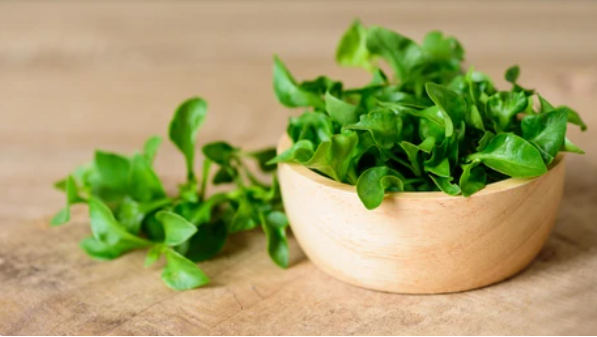Switch to Watercress
Looking for some leafy greens to have with dinner? Skip the
lettuce, spinach and rocket, even the kale, and opt instead for watercress.
Astonishingly nutrient dense, watercress is one of the best kept nutritional
secrets.

Watercress is naturally:
- high in vitamins A, K, B6, folate
and C (the vitamin C helps you absorb the iron in watercress)
- high in calcium potassium,
manganese and iron
- rich in dietary nitrates, linked
to improved athletic performance
- packed full of antioxidants –
watercress has 40 unique flavonoids such as isothiocynates, which give it its
peppery flavour. Studies have linked antioxidants with a lower risk of cancer,
diabetes and heart disease.
Better for your brain
Another reason to eat watercress? Your brain health.
Psychiatrist Dr Drew Ramsay is a world leader in nutritional psychiatry – the
use of food and nutrition to optimise brain health. He and his team devised the
Antidepressant Food Score to determine the most nutrient-dense foods to help
prevent and promote recovery from depression. Top of their list was watercress,
with a score of 127 per cent.
Do not confuse watercress with the much smaller and delicate
garden cress or mustard cress. Watercress packs more punch flavour wise and has
bigger leaves, and as its name suggests, grows in water rather than soil.
Naturally peppery, watercress is a delicious addition to
salads, can be made into soup, into sauces such as pesto, added to curries, and
mixed into rice with chopped herbs.